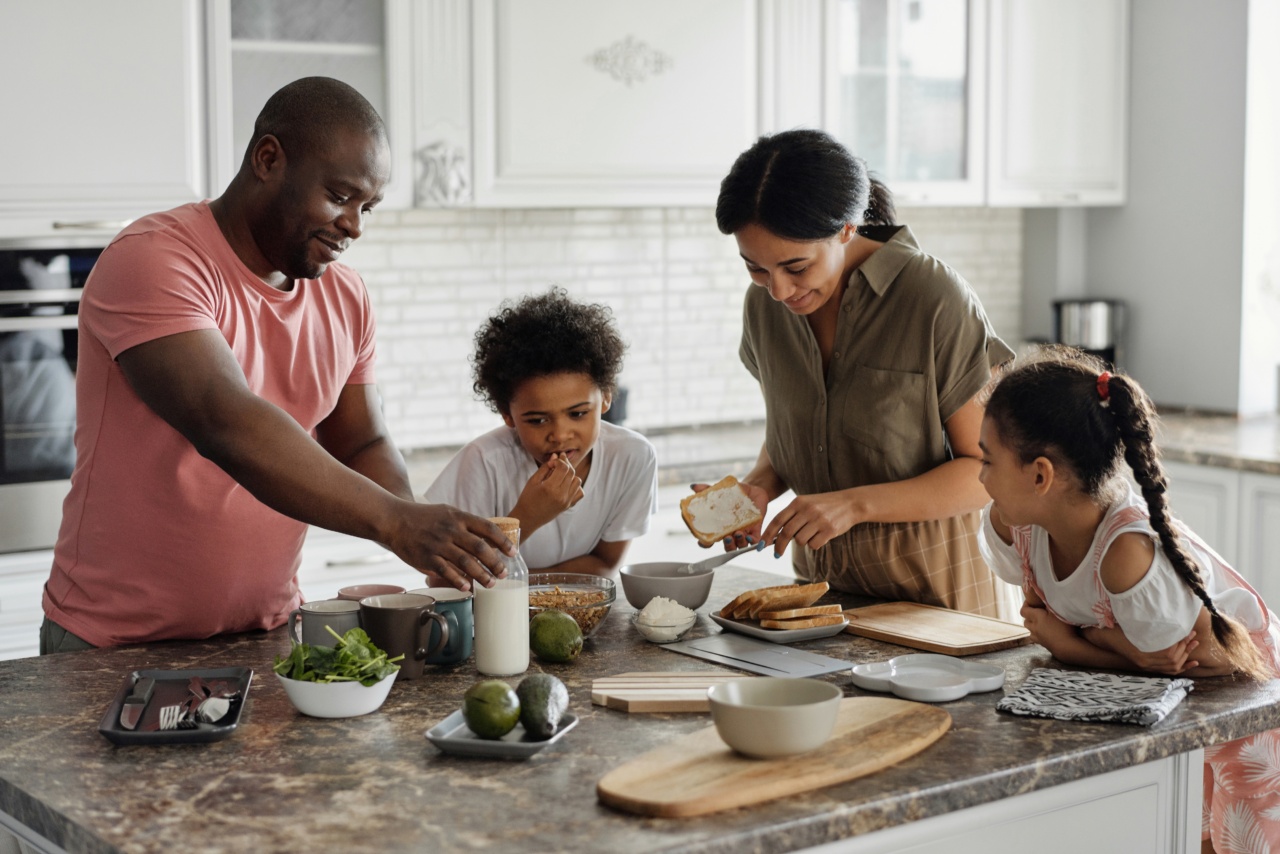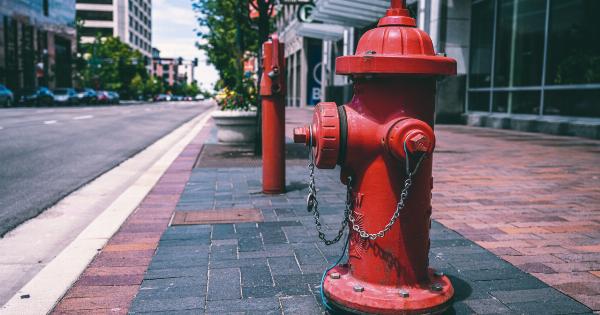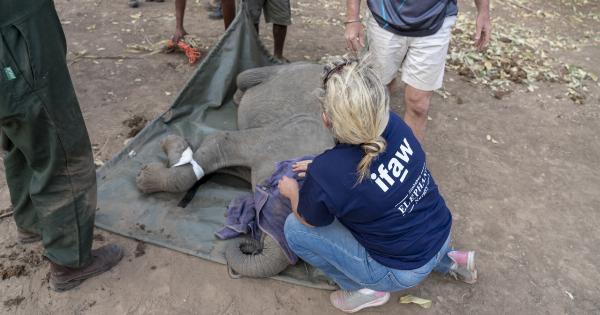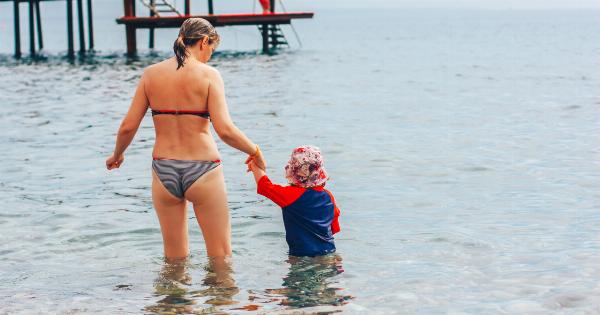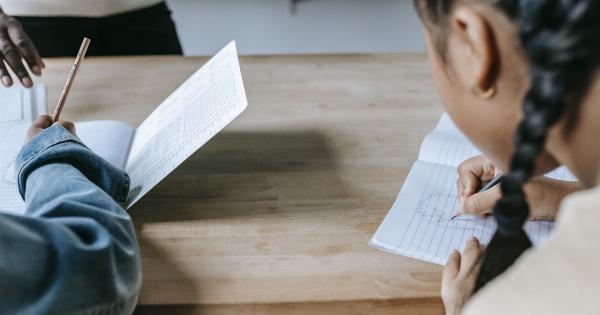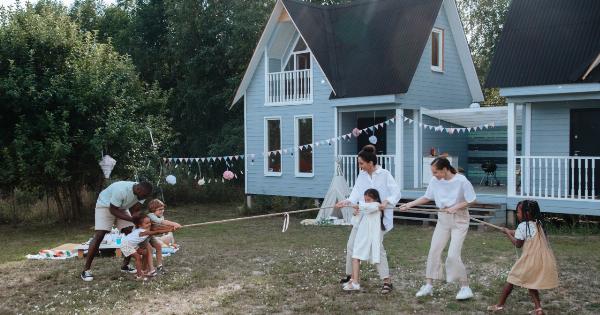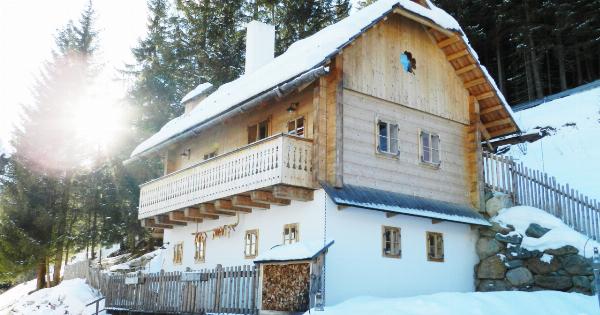As parents, one of our primary concerns is ensuring the safety of our children. Accidents can happen anywhere, but taking proactive measures to prevent accidents in the home can help minimize the risks.
In this article, we will explore 30 tips for parents to create a safer environment for their kids.
1. Baby-Proofing Your Home
.Baby-proofing your home is crucial to prevent accidents for infants and toddlers. Install safety gates at the top and bottom of stairs, block access to dangerous areas, and secure heavy furniture to prevent tipping.
2. Secure Cabinets and Drawers
.Keep hazardous substances such as cleaning supplies, medications, and sharp objects out of reach by securing cabinets and drawers with childproof locks. This also applies to potential choking hazards like small objects or plastic bags.
3. Electrical Safety
.Cover electrical outlets with outlet covers to prevent children from sticking their fingers or objects into them. Keep cords and wires out of reach and use cord organizers or tape to secure them against walls to avoid tripping hazards.
4. Install Safety Latches on Windows
.Prevent falls by installing safety latches on windows. This ensures that children cannot open windows wide enough to climb through or accidentally fall out.
5. Use Corner Guards
.Protect little ones from sharp corners of furniture or other surfaces by using corner guards. These soft, cushioned protectors can prevent serious injuries caused by accidental impact.
6. Water Safety
.Always supervise children around water, whether it is a bathtub, swimming pool, or open body of water. Empty buckets, tubs, or inflatable pools after use to avoid accidental drowning.
7. Install Smoke Detectors
.Place smoke detectors on each floor of your home and regularly check their functionality. Smoke detectors provide early warnings in case of fire, allowing you to respond quickly and evacuate if necessary.
8. Fire Safety
.Teach your children about fire safety, including the “Stop, Drop, and Roll” technique, and how to dial emergency services. Make sure you have fire extinguishers readily available, and regularly check them for expiration dates.
9. Secure Heavy Objects
.Avoid potential injuries by securing heavy objects such as bookshelves, TVs, and appliances to the wall. This prevents them from toppling over on curious children climbing or pulling on them.
10. Stair Safety
.Install safety gates at the top and bottom of stairs to prevent falls. Teach your children to walk up and down the stairs carefully and discourage running or playing near them.
11. Provide Adequate Lighting
.Poorly lit areas can increase the risk of accidents. Ensure that all hallways, staircases, and entryways have proper lighting to prevent trips, slips, or falls.
12. Keep Medications Locked Away
.Store all medications, including vitamins and supplements, in a locked cabinet or drawer. Ensure that visitors’ bags or purses do not contain access to medication that children might find.
13. Be Mindful of Small Objects
.Keep small objects such as coins, buttons, beads, or magnets out of reach of young children. Swallowing or ingesting small objects can lead to choking or even more severe health issues.
14. Install Carbon Monoxide Detectors
.Carbon monoxide is an odorless, colorless gas that can be deadly. Install carbon monoxide detectors on each floor, especially near sleeping areas, to protect your family from potential poisoning.
15. Secure Blind Cords
.
Looped blind cords can pose a serious strangulation risk for children. Keep them safely out of reach or use cord shorteners to eliminate the hazard.
16. Maintain a Clutter-Free Environment
.Remove unnecessary clutter and keep pathways clear to prevent trips and falls. Put away toys, shoes, and other objects that can become tripping hazards.
17. Use Non-Slip Mats
.Place non-slip mats in the bathtub or shower to prevent slipping. Additionally, consider using non-slip mats or rugs on slippery surfaces such as hardwood or tile floors.
18. Educate Your Children
.Teach your children about potential hazards and how to avoid them. Promote responsible behavior, such as not running indoors, using handrails on stairs, and wearing appropriate safety gear.
19. Keep Doors Locked
.Keep exterior doors locked to prevent young children from wandering outside unsupervised. Ensure that windows are also securely locked or childproofed to prevent accidental falls.
20. Fence Your Yard
.If you have a yard, consider installing a fence to create a safe play area for your children. Make sure the fence is sturdy, without any gaps that children can squeeze through.
21. Teach Road Safety
.Instill the importance of road safety in your children by teaching them about traffic signs, crossing roads safely, and always hold their hand when walking near or crossing streets.
22. Secure Heavy Doors and Cabinets
.Prevent finger injuries by installing door stoppers or finger guards on heavy doors. Use safety latches on cabinets to avoid pinched fingers or access to hazardous substances.
23. Be Cautious Around Hot Surfaces
.Teach your children about the dangers of hot surfaces like stoves, ovens, or heaters. Keep pot handles turned inward and use stove knob covers to prevent accidental burns or fires.
24. Check Playground Equipment
.If you have a backyard playground, regularly inspect and maintain the equipment to ensure it is safe for use. Look for loose screws, splintered wood, or damaged parts that could cause injuries.
25. Supervise Playdates
.When hosting playdates, ensure that you have proper supervision to minimize the risk of accidents. Keep an eye on children to identify any potential hazards and intervene when necessary.
26. Practicing Kitchen Safety
.Teach your children about kitchen safety, including staying away from hot appliances, not touching sharp objects, and always using oven mitts when handling hot trays or dishes.
27. Secure Dressers
.Prevent dressers from tipping over by anchoring them to the wall. This is especially important in children’s bedrooms to ensure their safety, as climbing on dressers is common for curious kids.
28. Be Prepared for Emergencies
.Keep a well-stocked first aid kit and an emergency contact list readily available. Familiarize yourself with basic first aid procedures and ensure everyone in your family knows how to access emergency services.
29. Install Safety Covers on Electrical Outlets
.Use safety covers on all electrical outlets that are within children’s reach. This prevents them from inserting objects into the outlets and reduces the risk of electrical shocks.
30. Stay Vigilant and Supervise
.Above all, the most effective way to prevent accidents is to stay vigilant and supervise your children. Keep an eye on their activities, especially in potentially dangerous areas, and address any safety concerns promptly.
